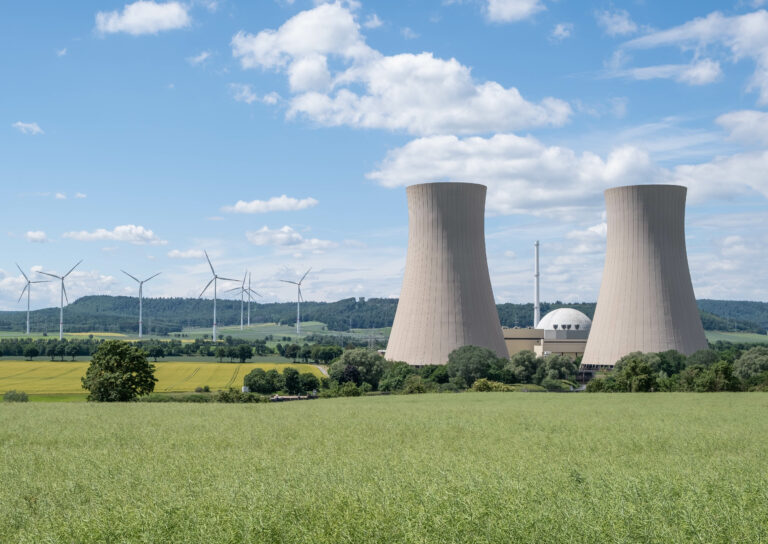As school business professionals balance the books in an attempt to budget for ever increasing costs in several areas we share our top tips for reducing your energy consumption which will lower your energy bills and carbon footprint too!
1.Power down
The use of 24/7 timer switches will allow you to ensure devices that don’t need to be on outside of school hours are turned off.
Consider creating a hibernation checklist for the holidays – what is costing you energy and can you switch it off? Consider lighting, both internally and externally, including those that may be on a Building Energy Management System (BEMS) and automatic timer switches. All heat emitters and appliances, including radiators, electric heaters, and fan convectors should be switched off or left on frost protection settings. Put your boiler in holiday mode and ensure all water heaters and boilers are switched off. Check all air conditioning units and ventilation systems are switched off. The only exception would be air conditioning units in server rooms, so check with IT staff first. IT and office equipment should be switched off at the power socket, and not left on standby. This includes laptops and computers; interactive whiteboards; monitors; televisions and display screens; printers and photocopiers. Vending machines should be emptied of any perishables and turned off at the power socket.
2. Abolish energy waste
Eliminate drafts; insulate cavity walls and loft voids; look for faults; leaks; breakages; and uninsulated pipework. An energy audit will look at all these opportunities and more to reduce energy waste, creating a project register of energy saving measures that assists in measuring and monitoring energy consumption and allows prioritisation of energy saving projects. The register will include several low-cost and no-cost measures, alongside longer-term opportunities relating to plant, building fabrics, equipment and infrastructure upgrades.
3. Review heating set points & temperatures
Reducing the heating time in your school by even half an hour can have a significant impact on energy consumption and we generally recommend that schools and colleges switch off their heating before the end of the learning day, since the building will retain heat and you will avoid heating beyond building occupancy. But it is also advisable to turn the heating on before the start of the day to warm up the fabric of the building, since how warm we feel is down to about one third the air temperature that is around us and about two thirds due to the surrounding surface temperature (radiant temperature from walls, floor, ceiling etc).
Typically, a 1°C reduction in temperature can achieve an 8% heating saving, so we would always recommend consideration to heating in different areas of the building. Sports halls, for example, can be reduced by several degrees compared to classrooms.
In our visits to schools we often see heating patterns set up for 6 a.m. to 6 p.m., with some weekend openings (often programmed pre-covid). Refining the operating hours to 7 a.m. to 2 p.m., over 5 days reduces heating hours by 49%, and gas usage by about 24%.
4. Are your recharges keeping pace with rising costs?
If you have EV chargers installed on your premises that you hire to the public, ensure you increase the rate you charge at. The same applies for lettings/hire of your school buildings.
5. Maximise the efficiency of systems and devices
Upgrading old power-hungry technology may be less costly than you think and offer immediate energy savings. If you have air conditioning systems, a TM44 inspection can identify significant cost savings. Zenergi’s service provides a supplementary energy report to provide the savings available for each of the recommendations identified in the standard report. The information is provided in a reader-friendly way so that it is easy to understand how much money each recommendation could save.
6. Engage your pupils in your energy saving initiatives
The growth in school eco-councils can help schools engage their students in energy saving.
Simple visual reminders and posters can mean turning unnecessary lights off becomes standard practice.
Zenergi’s How to be a Green Superhero guide provides teachers with a resource to support children’s understanding of the environment and natural world. It aims to ignite the passion our young people have to lead a more environmentally friendly lifestyle, with practical tips for a ‘greener’ existence and fun activities to complete.
7. Behavioural training: Engage your staff in energy saving
Zenergi was invited to present at a Trust’s Non Pupil Training Day which brought together 30 staff to understand strategies for saving energy and reducing the Trust’s carbon footprint.
The session included an illustration of the impact of leaving common school equipment switched on unnecessarily, with an illustration of the cost per hour, and cost per year based on live energy prices. It concluded with practical tips and no-cost solutions that staff could take back to their schools to help reduce energy consumption and costs.
The informative session has had a lasting impact on those who attended, who are now maintaining the positive energy saving behaviours around their schools.














